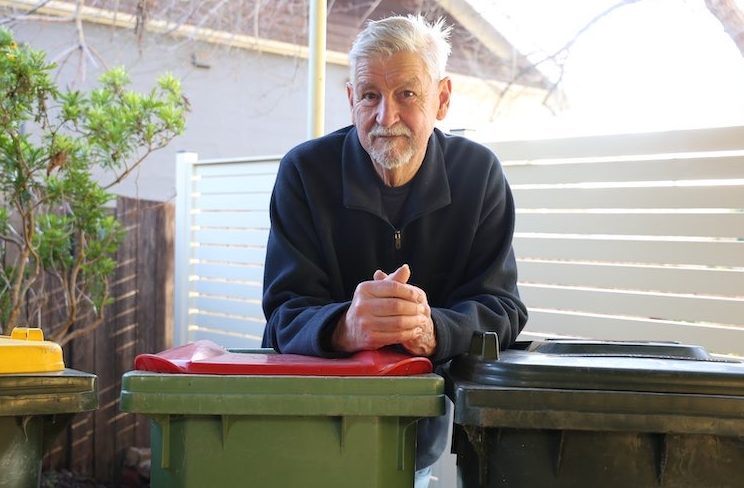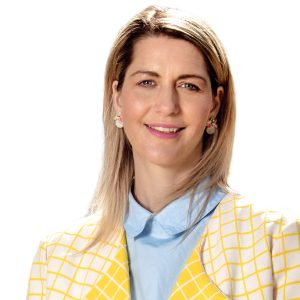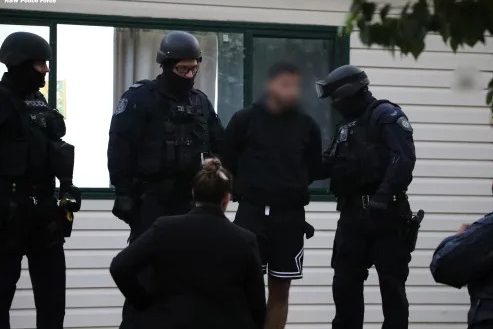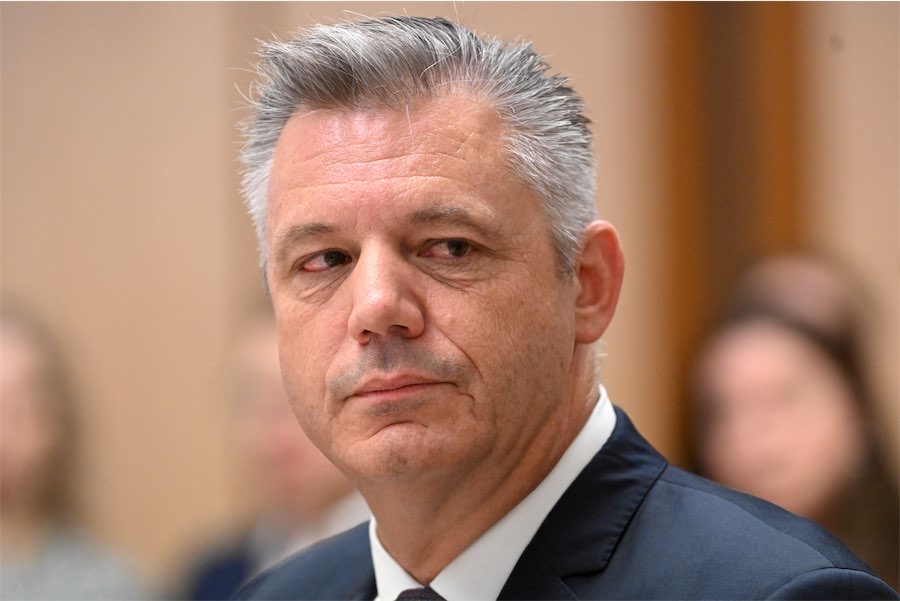
WITH Queanbeyan-Palerang’s annual rubbish set to double to 50,000 tonnes by 2050 and the costs associated with dumping it also tipped to swell, it’s “high-time” the city builds its own material recovery facility (MRF), a waste expert argues.
Since the closure of the city’s landfill site in the 1970s, Queanbeyan has sent its waste to Mugga Lane landfill in the ACT, at ever-increasing costs per tonne.
Instead of transferring waste over the border, Queanbeyan resident Gerry Gillespie says the city “desperately” needs to take control of its waste costs and can do so by building its own MRF.
But Queanbeyan-Palerang Regional Council (QPRC) says the city doesn’t generate enough waste itself to make an MRF viable and has indicated that, without commercial interest in a MRF, it’s unlikely to be considered.
Mr Gillespie, who’s been involved in the recovery of wasted resources and their reuse for almost three decades, argues that because Queanbeyan doesn’t have its own landfill, the city is “at the mercy” of a pricing regime for waste disposal “completely beyond its control”.
According to Mr Gillespie the cost of disposal of waste to Mugga for Queanbeyan had increased from $31 per tonne in 2001 to $130 per tonne in 2013, an increase of more than 400 per cent.
“This has now gone even higher,” Mr Gillespie says.
“And for packaging-type materials being sent to Mugga, we were paying $50 a tonne to get rid of 3000-5000 tonnes a year in 2015. That would have doubled by now.”
A QPRC spokesperson confirmed that general waste from Queanbeyan disposed of at Mugga Lane landfill costs about $170 per tonne and recyclables taken to the MRF from Queanbeyan cost about $100 per tonne.
The council reports that the average household in QPRC pays about $315 a year for garbage collection, an increase of about $70 from the $249 from 2011-12.
“We can contain and control these spiralling negative waste costs and achieve maximum benefit for our city if we were to build and operate our own MRF,” Mr Gillespie says.
“Instead of paying someone else to take our waste and recyclables to Canberra we could sort them out here in Queanbeyan and market them for the benefit of jobs in the region.”
Like a giant factory, a MRF would be capable of accepting the city’s entire waste stream, and could be located anywhere in the city, Mr Gillespie says.
“It could be like Bungendore’s waste-transfer station. It’s set up off the road, and most people don’t even know it is there,” Mr Gillespie says.
Using manual and mechanical processes the waste is sorted and separated.
Recycled materials such as plastic, aluminium, glass, paper and cardboard are recovered and remanufactured into new products including glass containers, aluminium cans, paper, cardboard, plastic packaging and steel products.
“You could have categories like timber painted and unpainted, furniture re-saleable or recoverable, fridges and stoves de-gassed and sold for metal, cars sold for metal, and then you’d have domestic waste that you’d collect from households and businesses,” Mr Gillespie says.
Organic material, which makes up 60-70 per cent of the waste stream, could also be separated and used for compost on farms or on council land.
“Having its own MRF would provide reuse, recycling and composting options for all of Queanbeyan’s waste outputs and could divert up to 80 per cent of material away from landfill and create jobs for local people,” says Mr Gillespie.
With employment participation rates for people with disability some of the lowest in the country, Mr Gillespie sees the city’s own MRF creating job opportunities for people who might otherwise be overlooked.
“This is a huge opportunity to create employment in Queanbeyan-Palerang especially for those who have a disability,” says Mr Gillespie.
QPRC has argued that the city doesn’t generate sufficient waste of its own to warrant establishing a MRF and make it viable.
However Mr Gillespie cites the example of the Armidale local government area, which has half the population of Queanbeyan-Palerang and runs its own successful MRF.
“Queanbeyan has a population of around 60,000, Armidale is around 30,000 and Armidale runs its own MRF along with an education and training centre,” Mr Gillespie says.
A QPRC spokesperson said the “operation of a MRF is a commercial decision of parties other than QPRC.”
Who can be trusted?
In a world of spin and confusion, there’s never been a more important time to support independent journalism in Canberra.
If you trust our work online and want to enforce the power of independent voices, I invite you to make a small contribution.
Every dollar of support is invested back into our journalism to help keep citynews.com.au strong and free.
Thank you,
Ian Meikle, editor





Leave a Reply